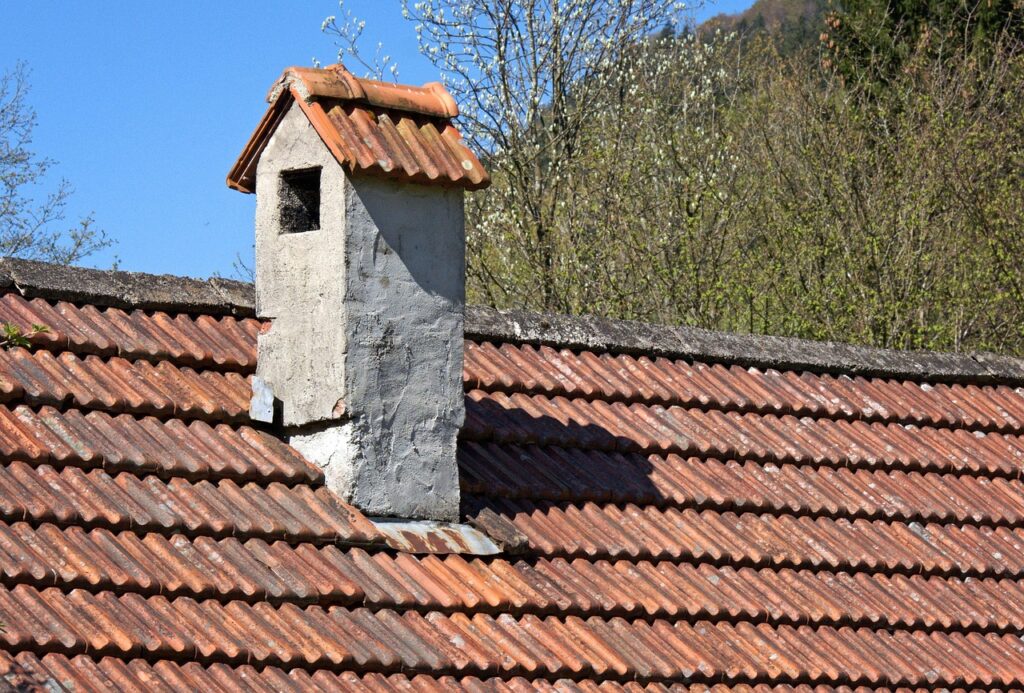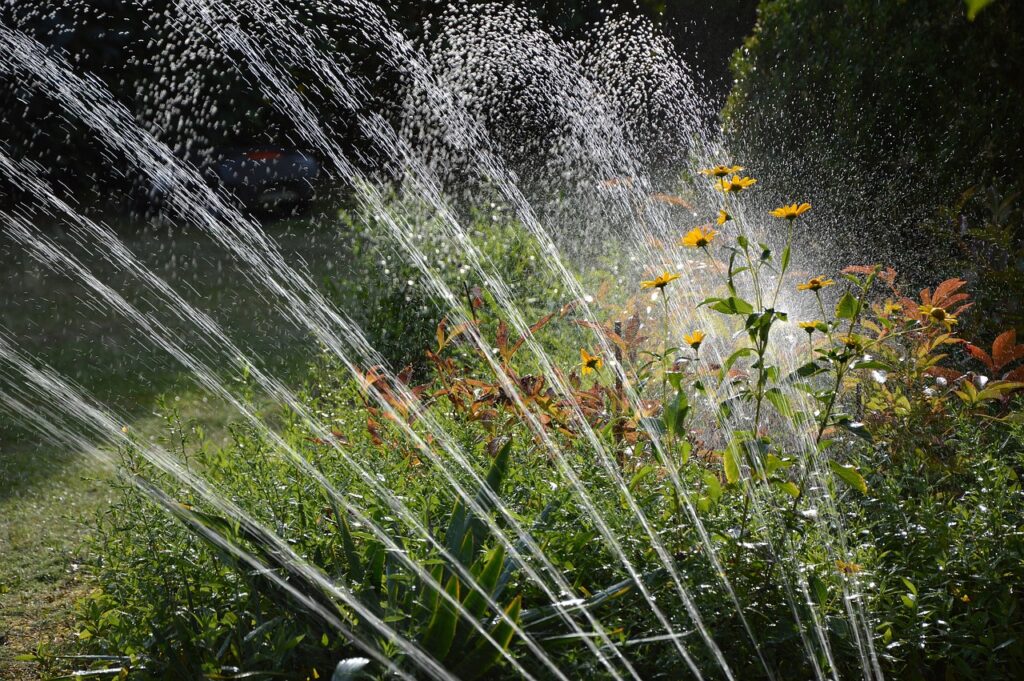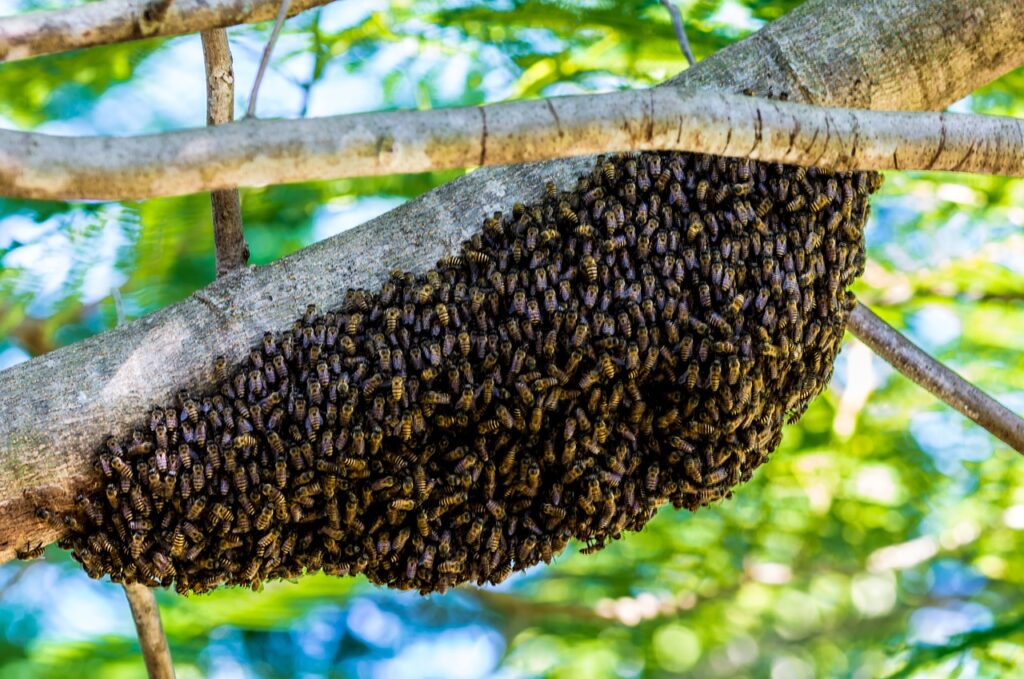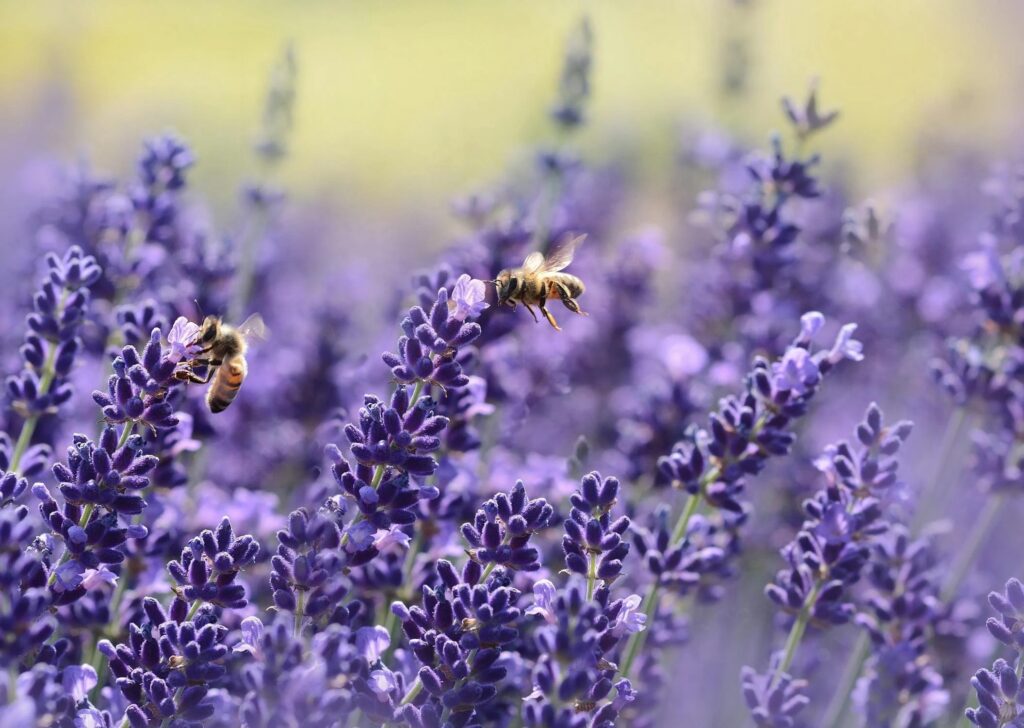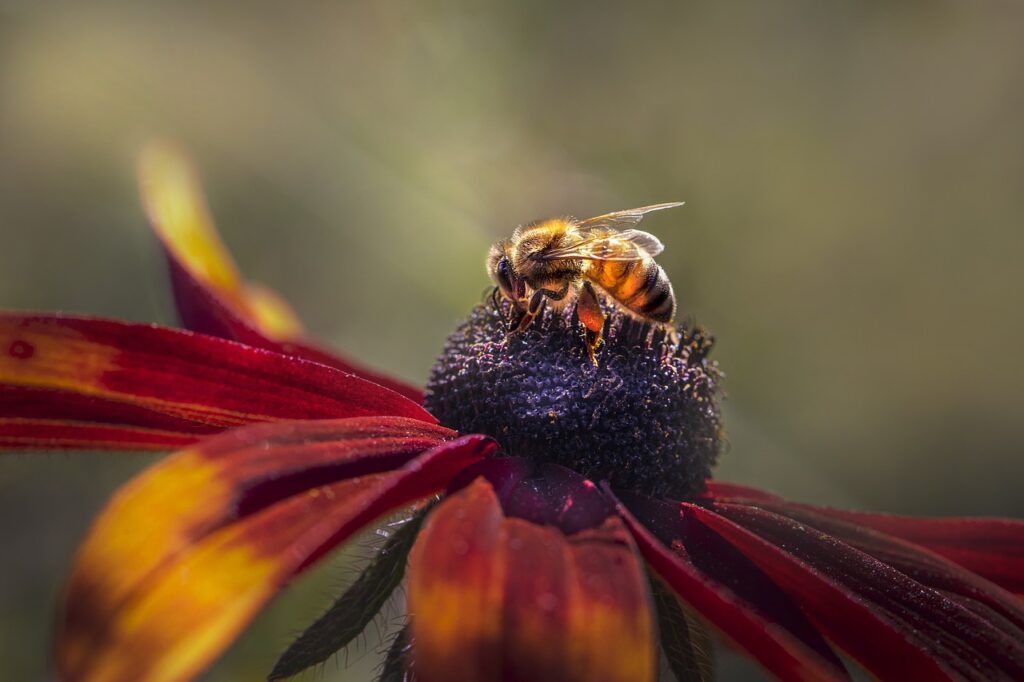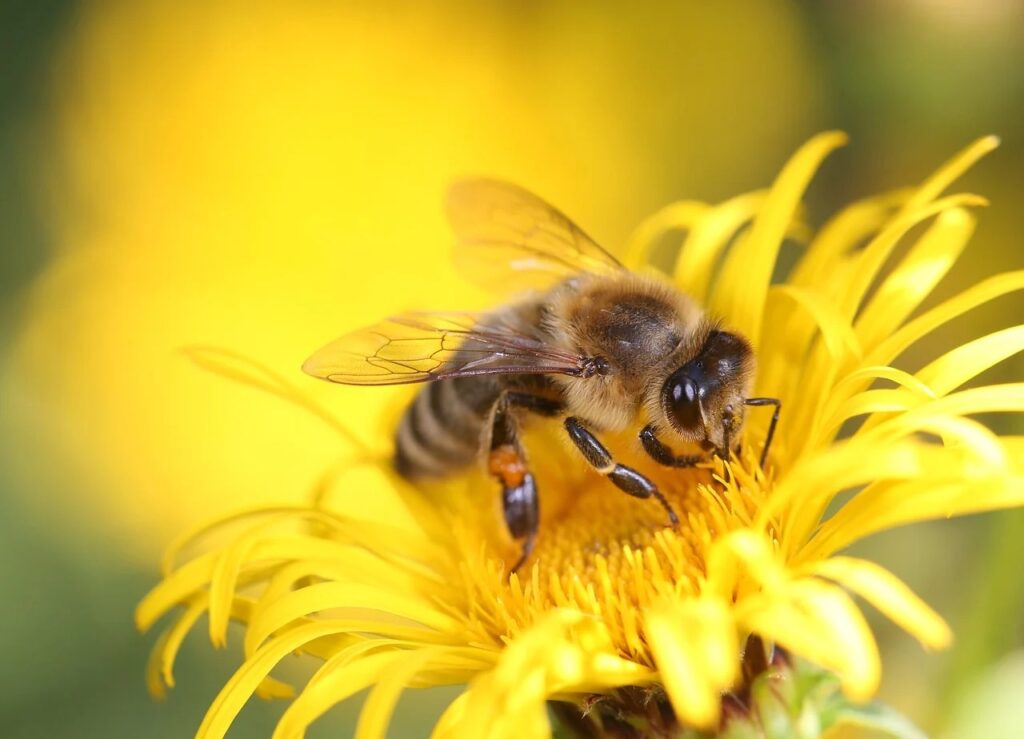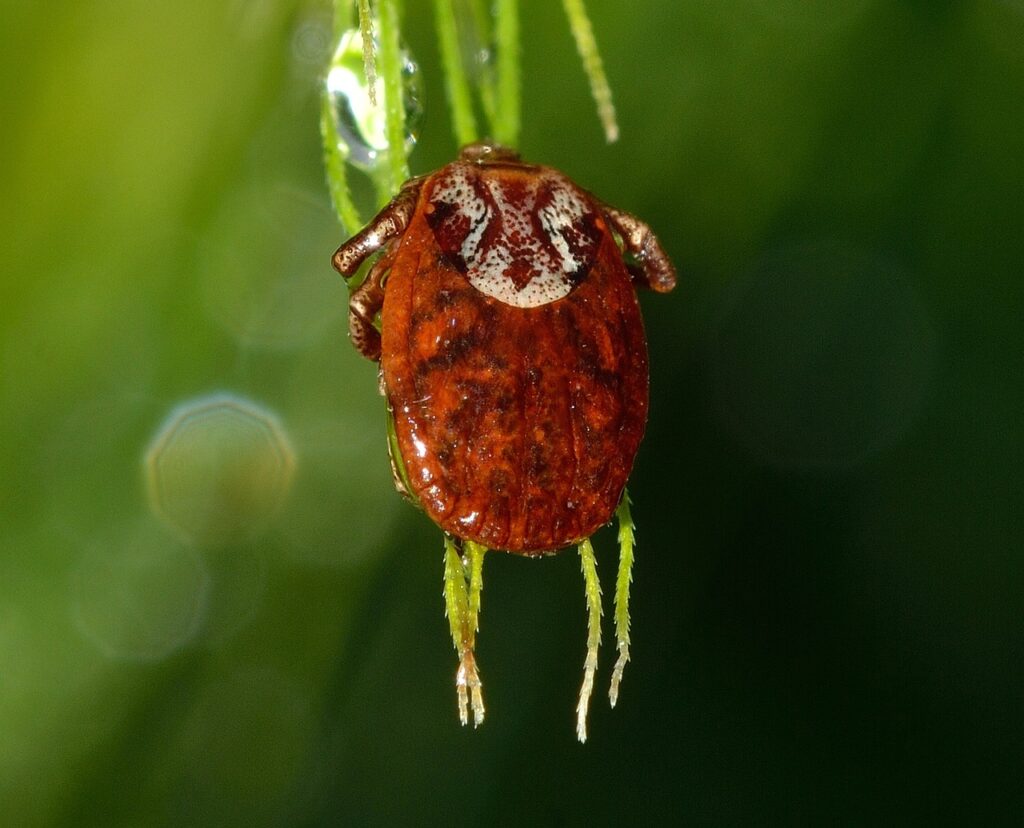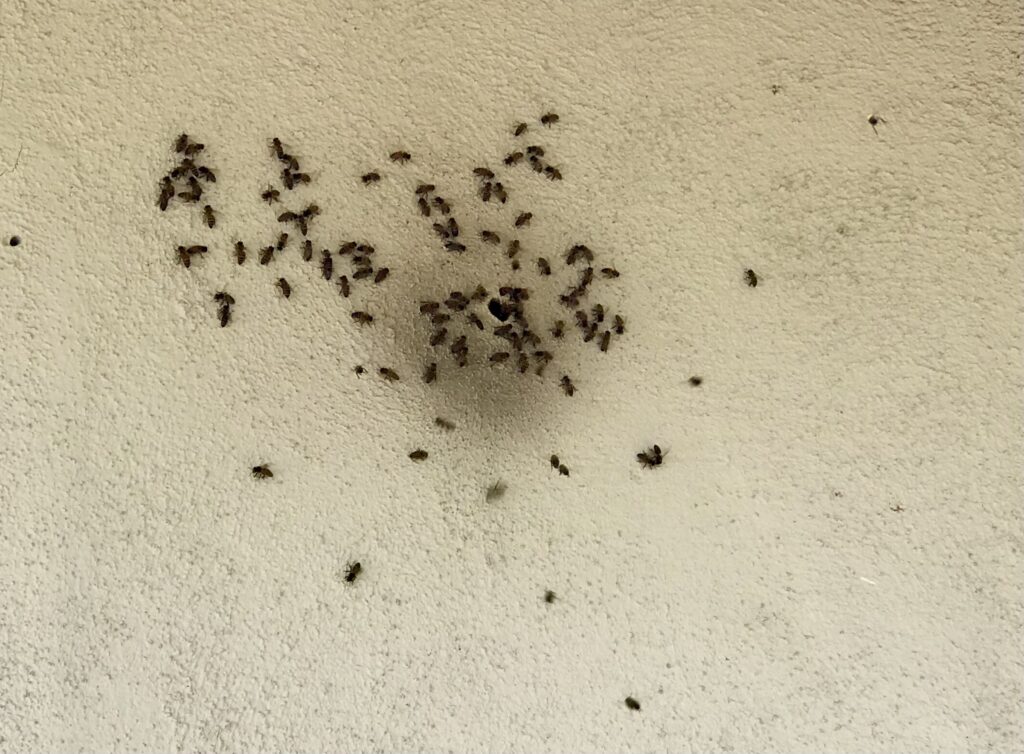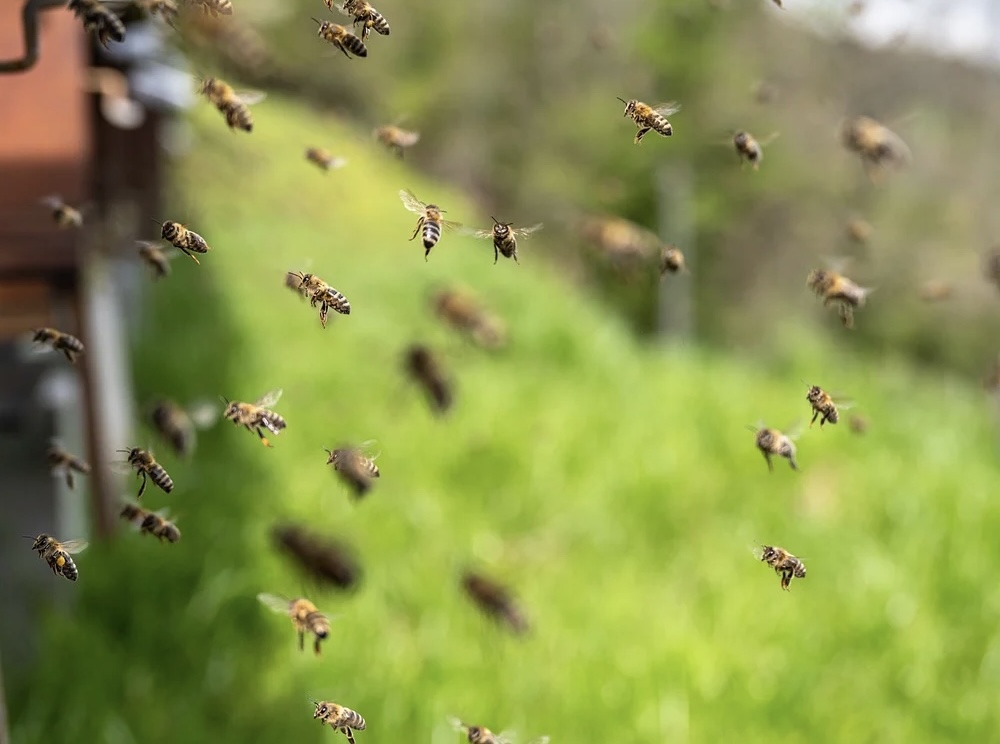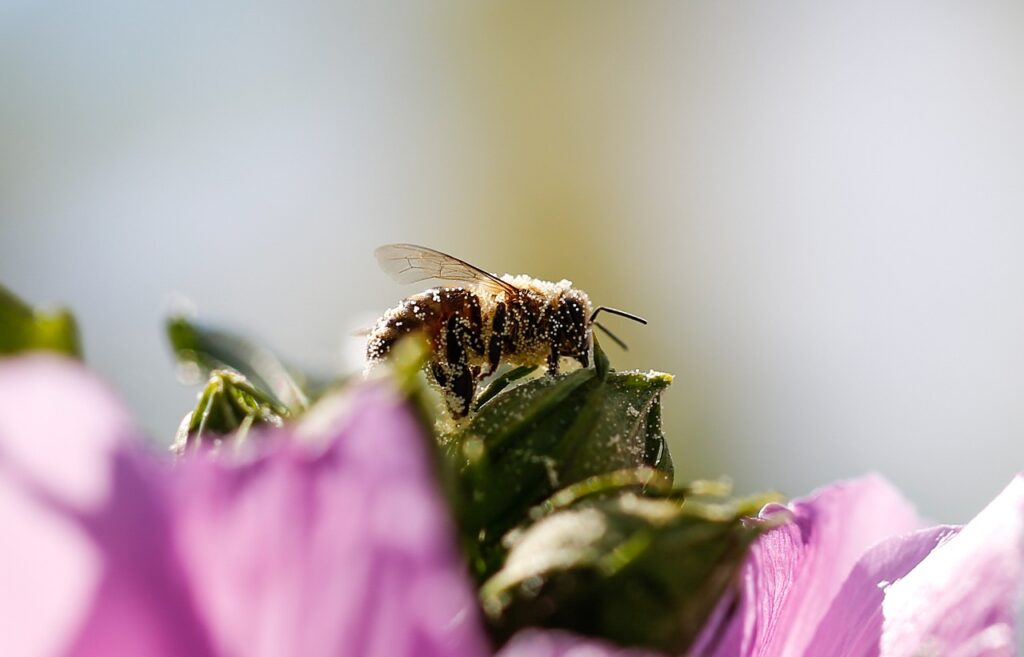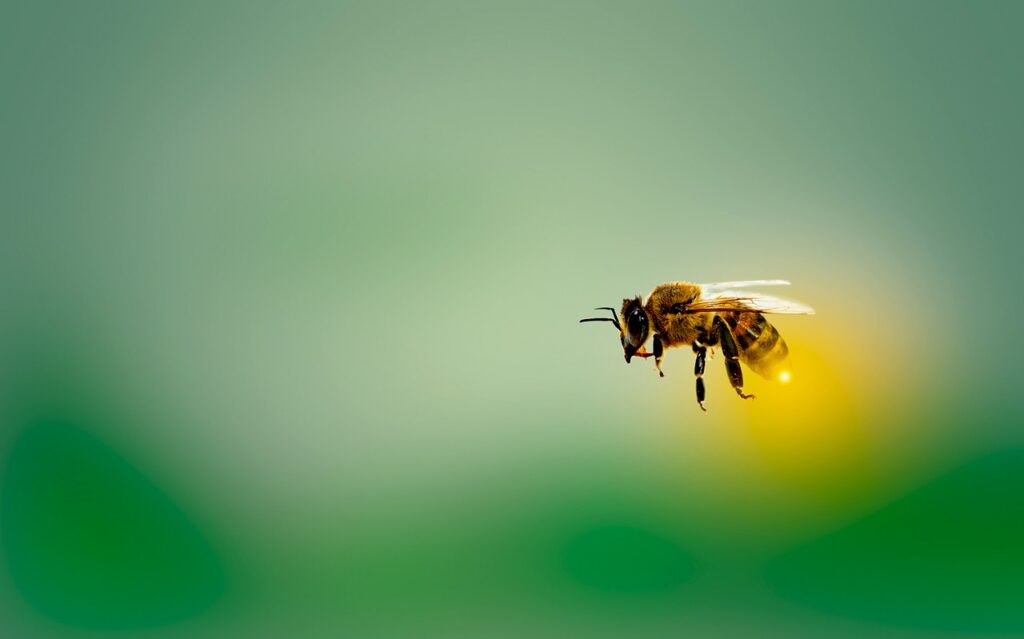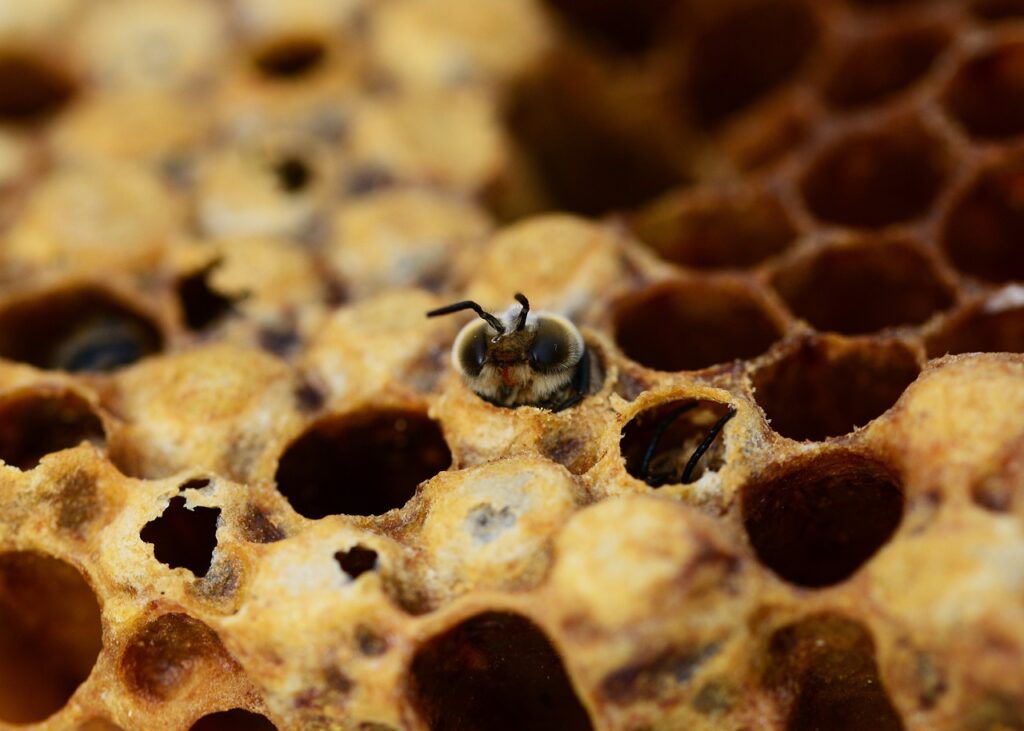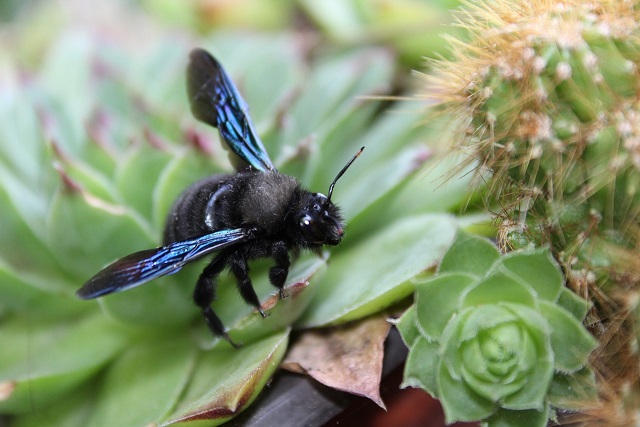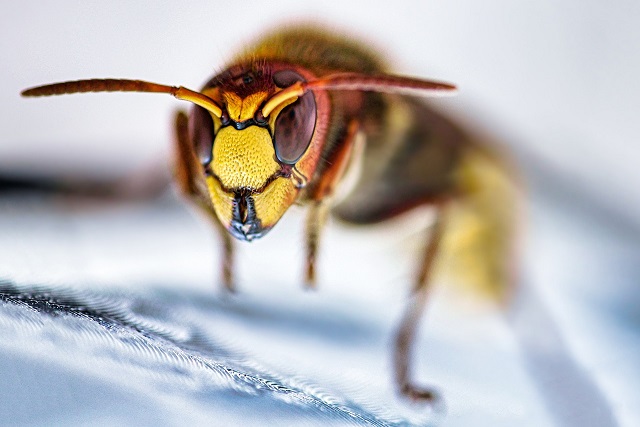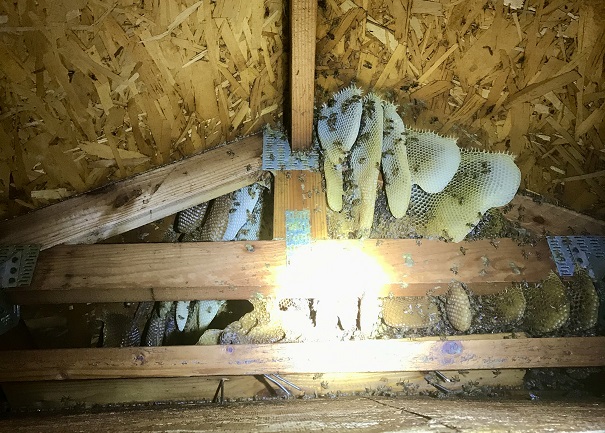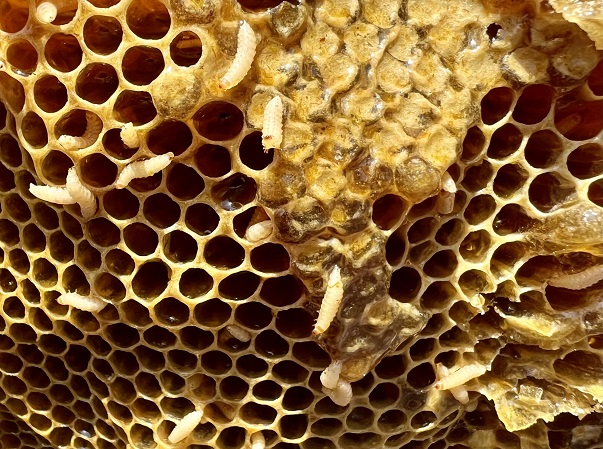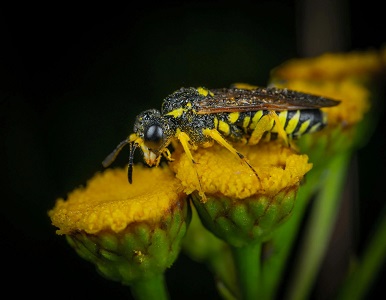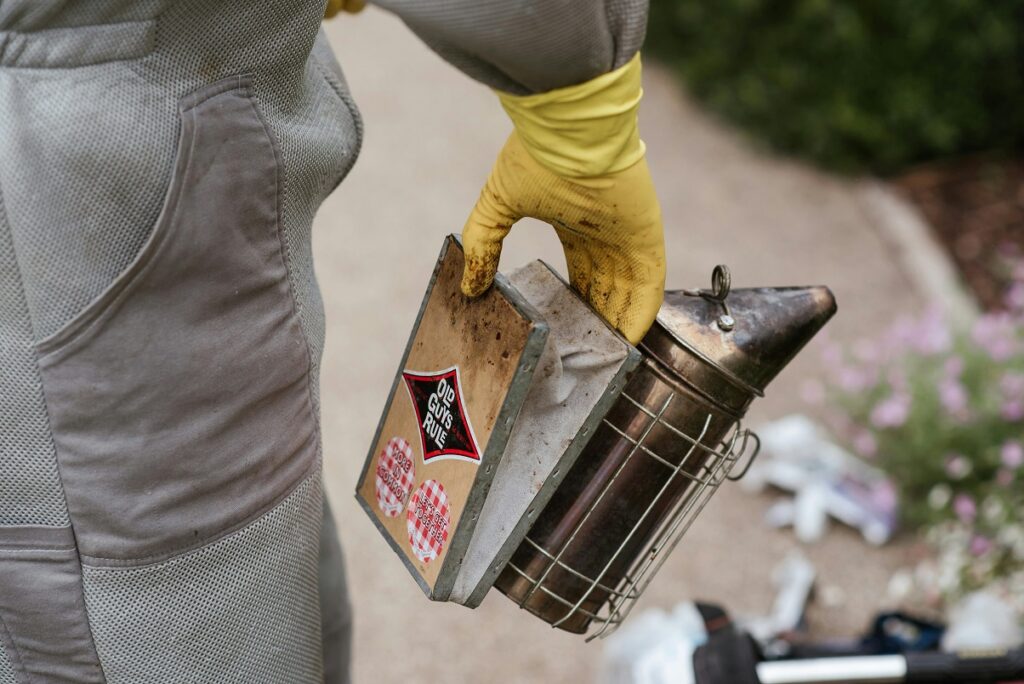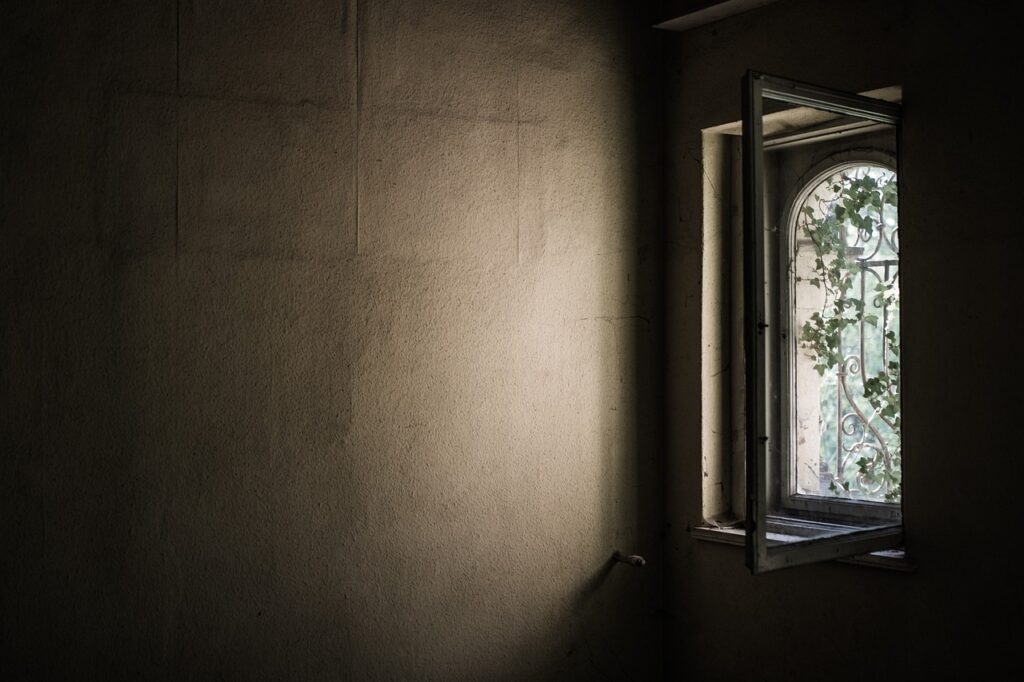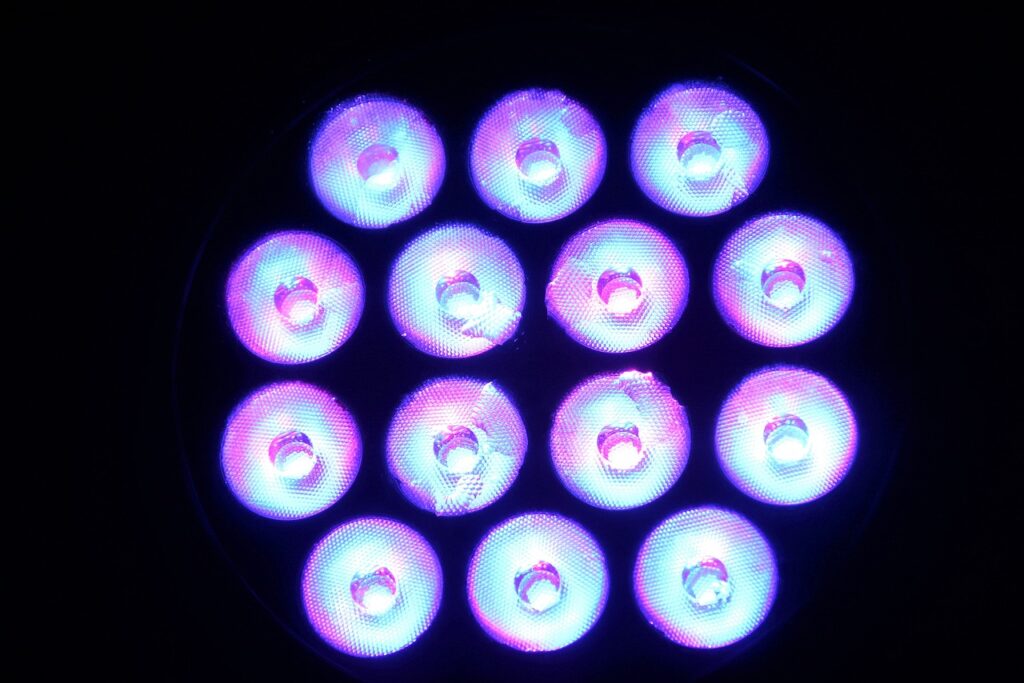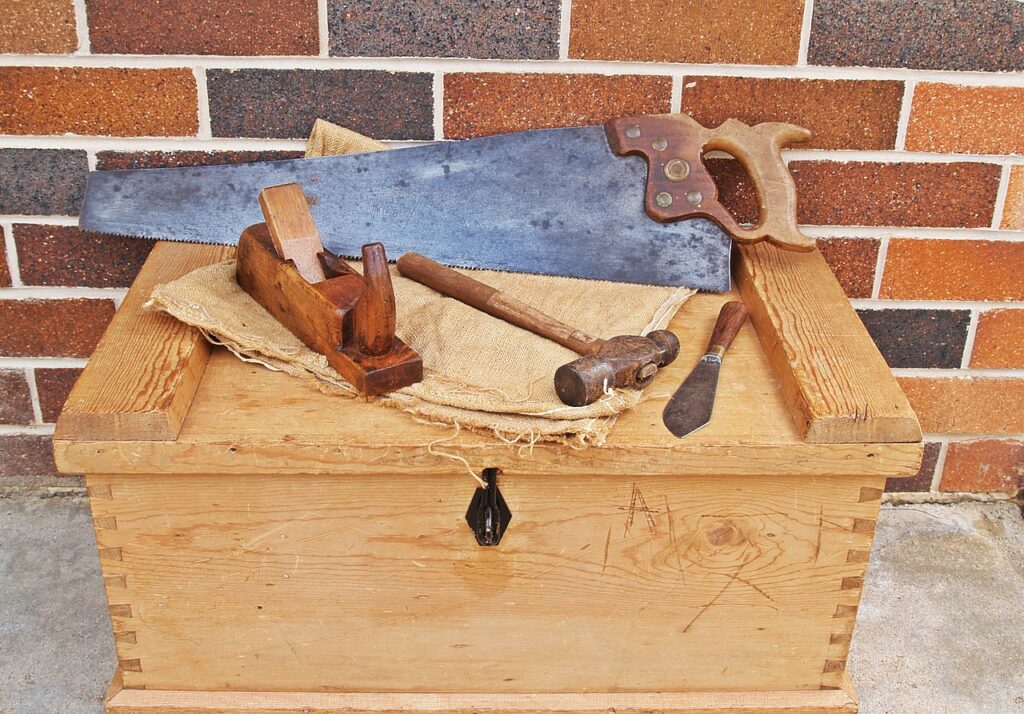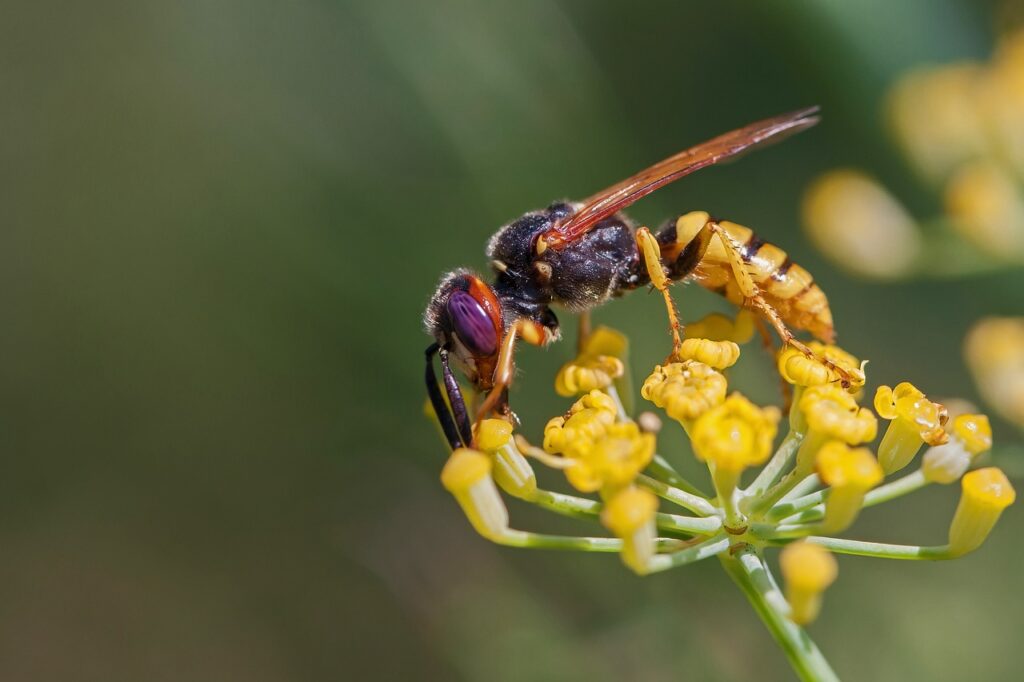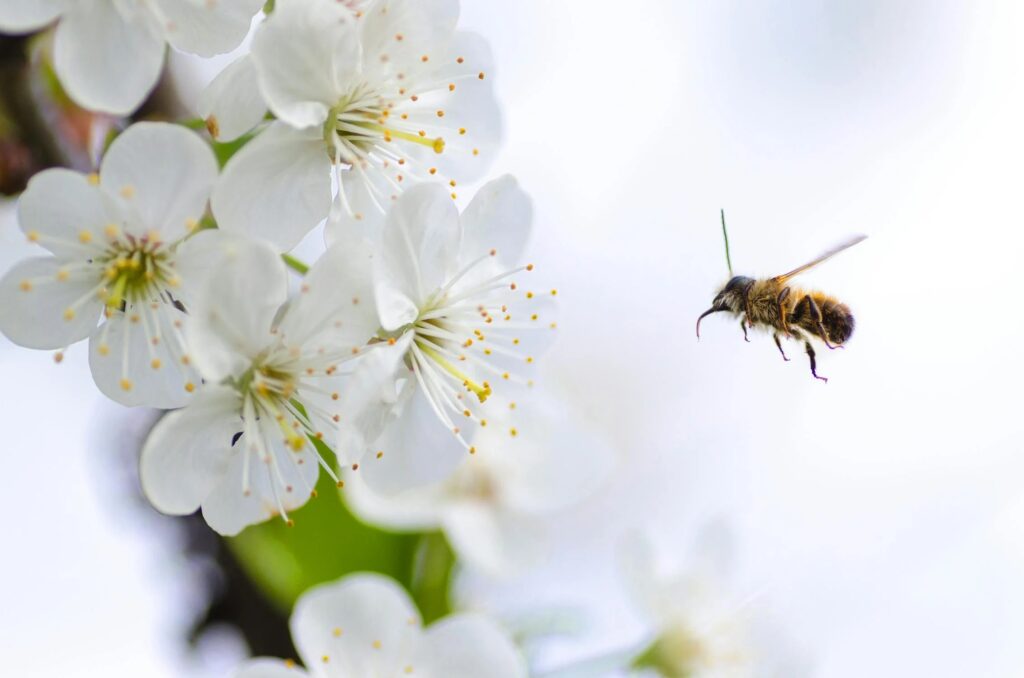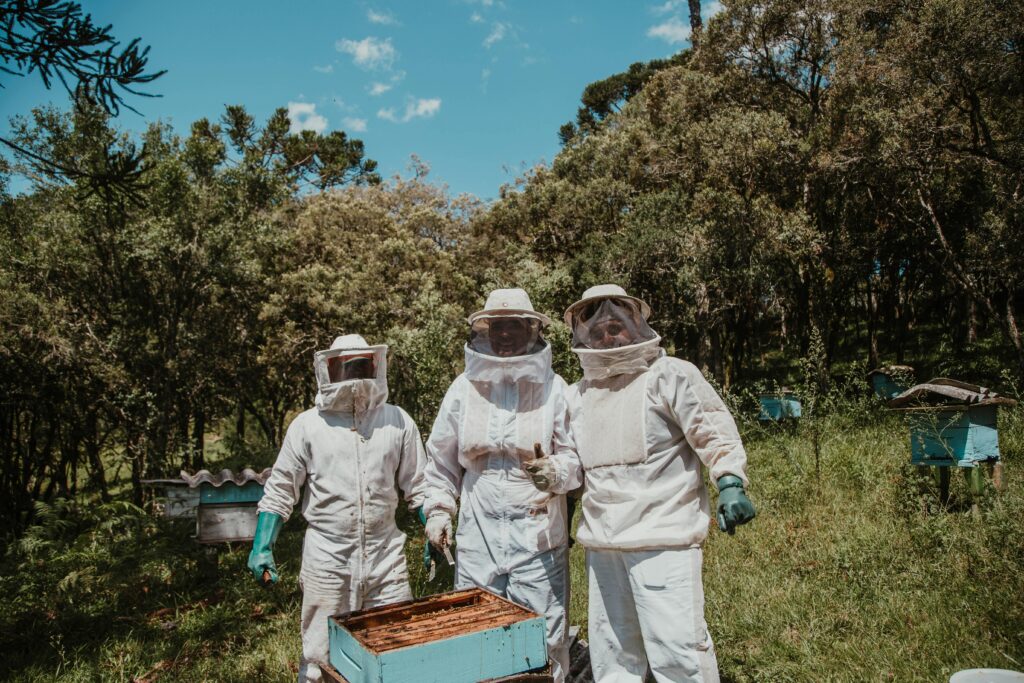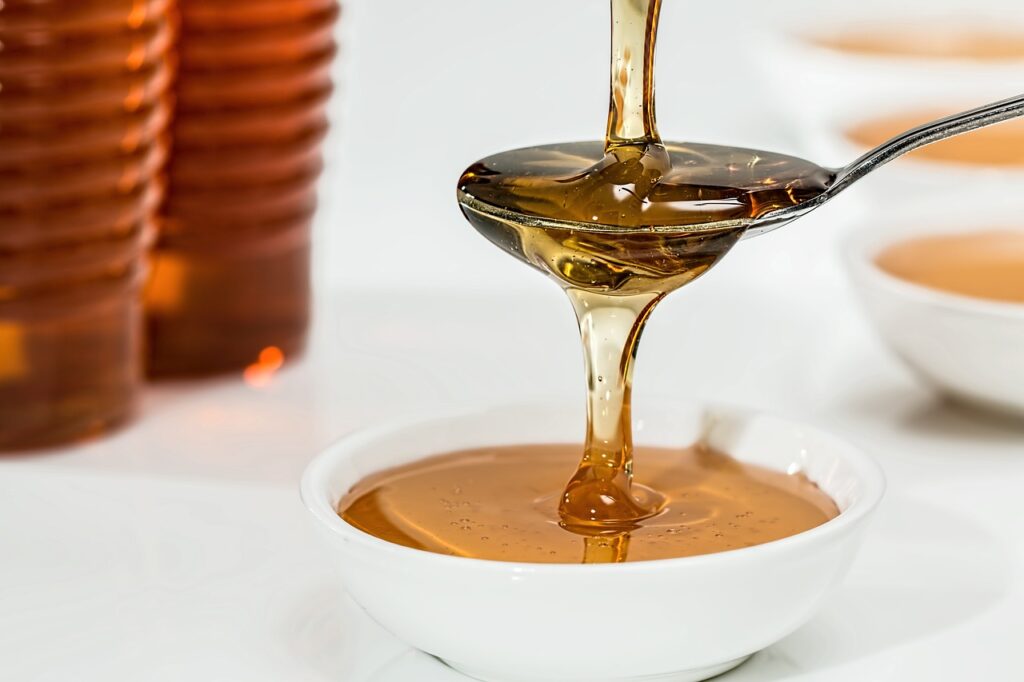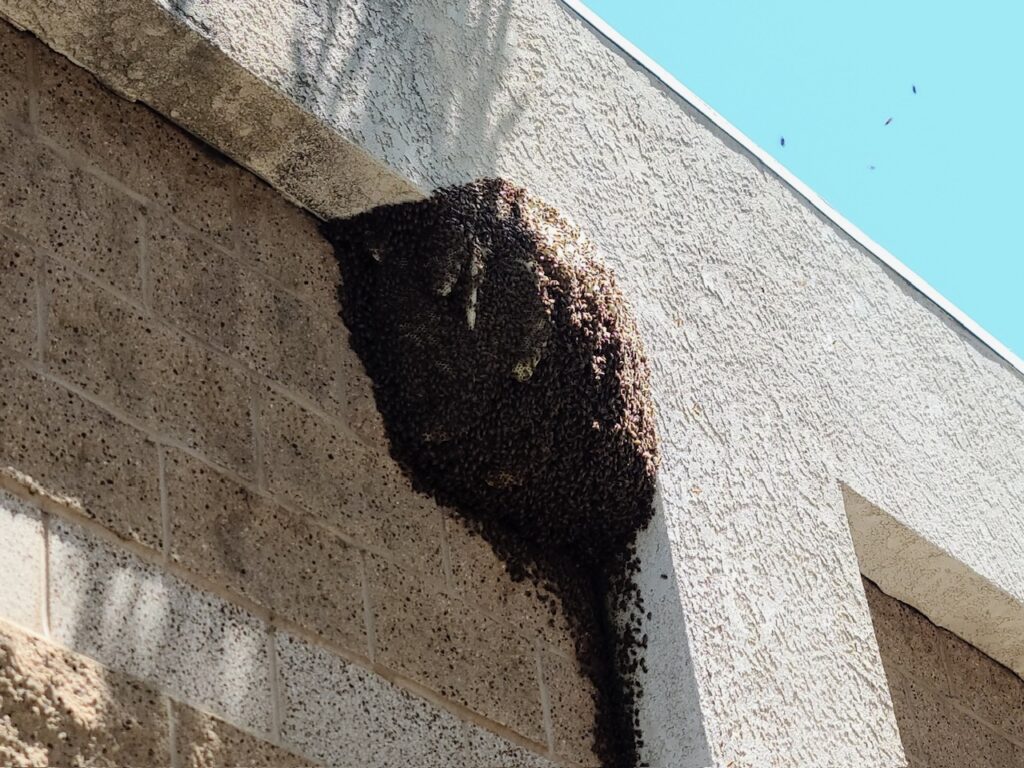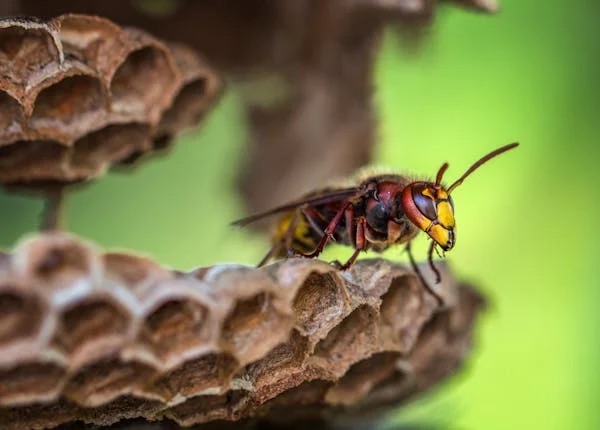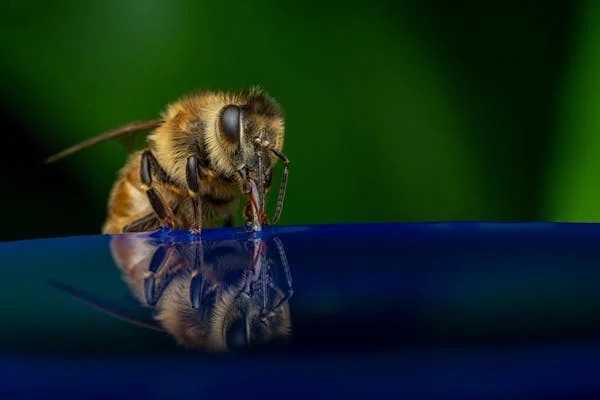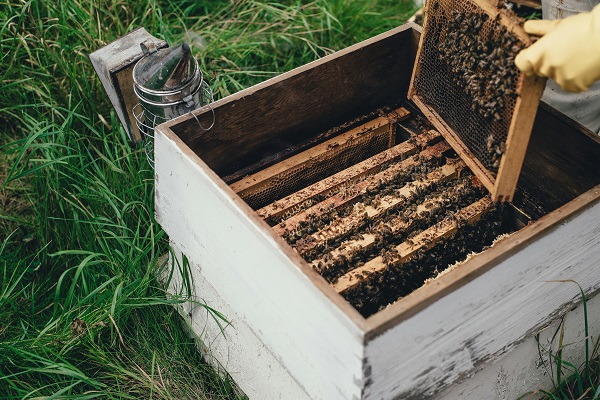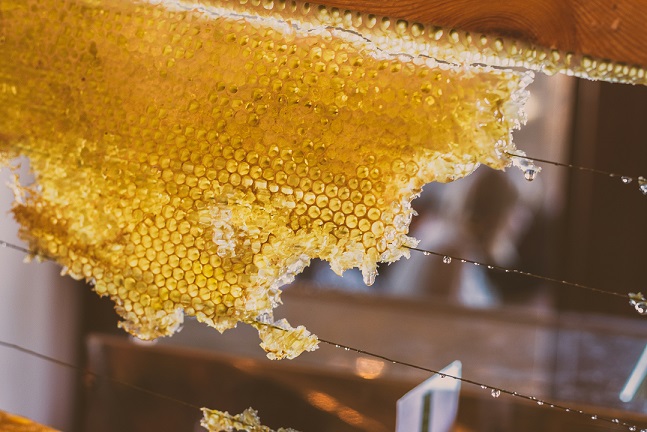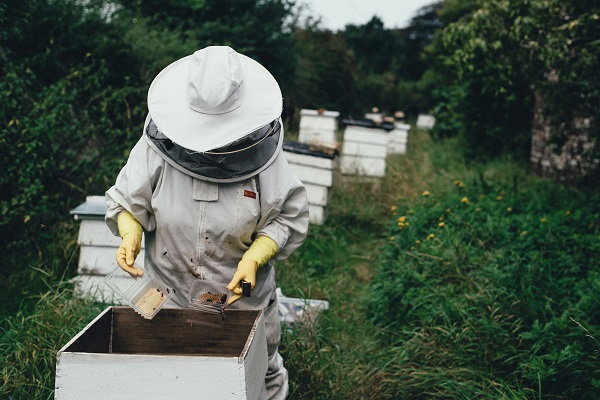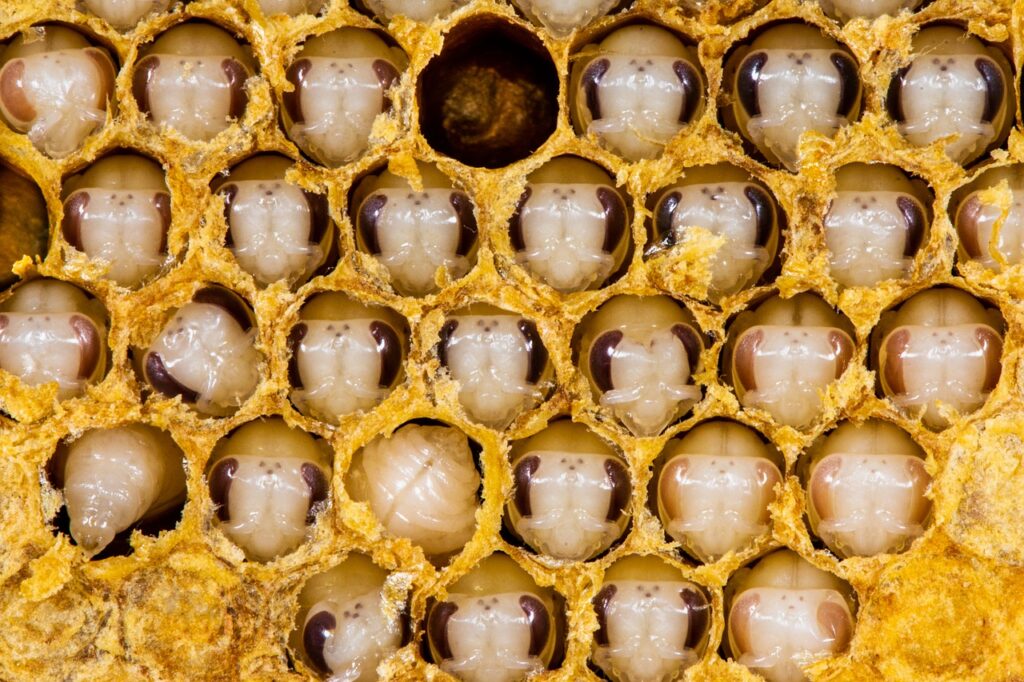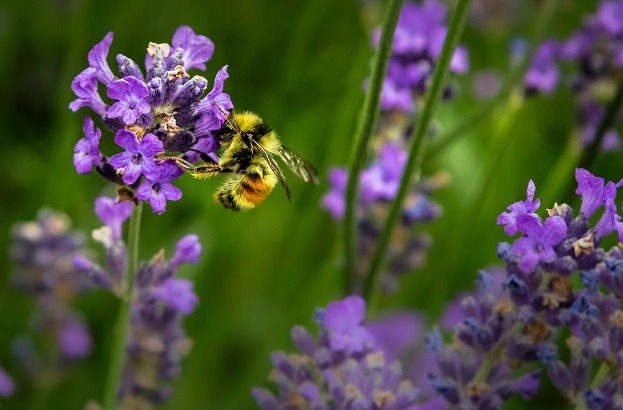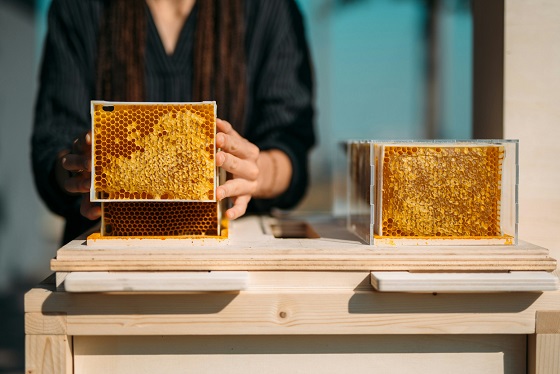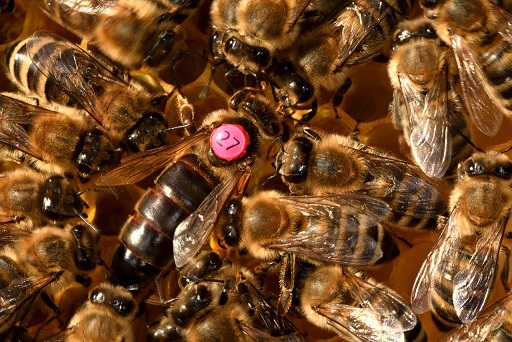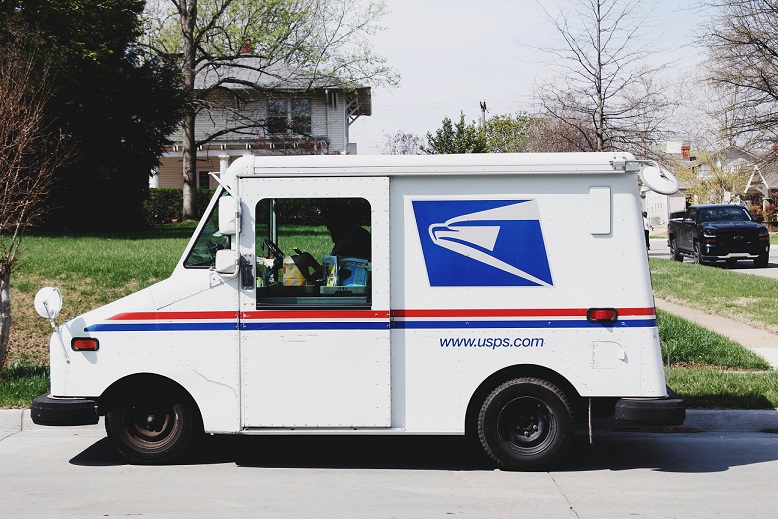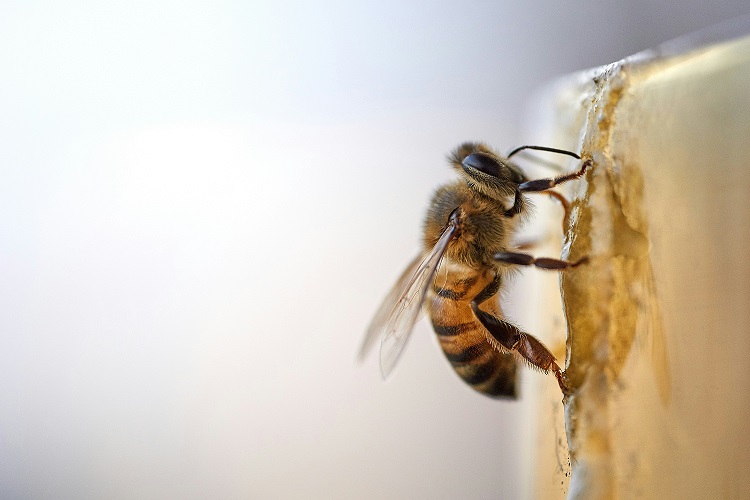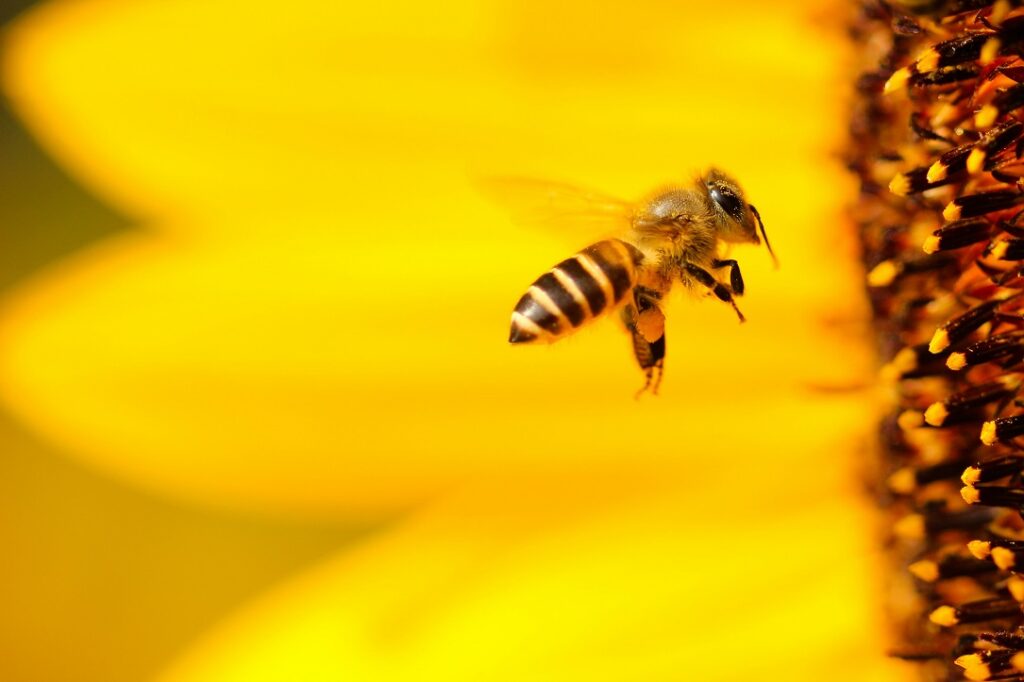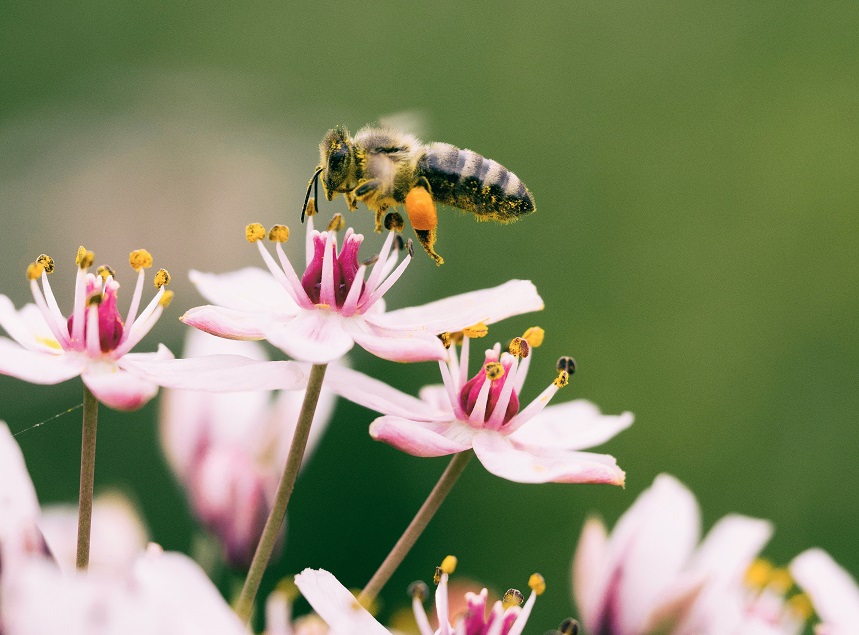Bee News
Trap Out
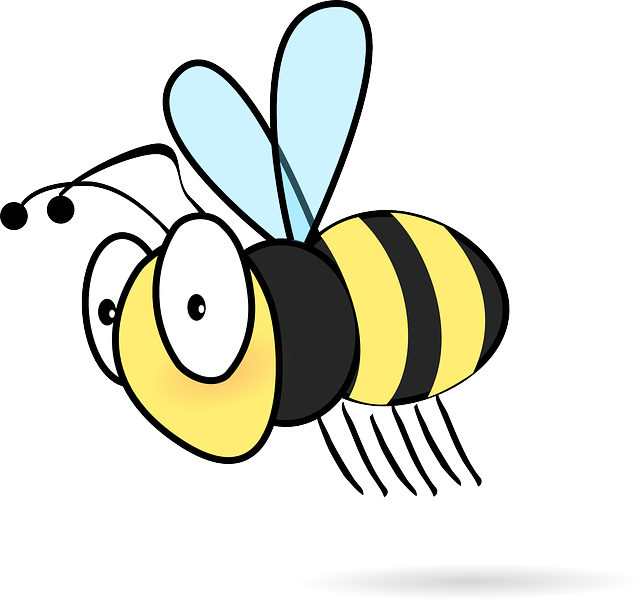


A bee trap out, also known as a bee removal or bee relocation process, is a method used to safely and effectively remove a colony of bees from an unwanted location, such as a building, tree, or other structure, without harming the bees. This process involves encouraging the bees to leave their current nesting site and relocate to a more suitable location, such as a bee box or hive provided by a beekeeper. Here is a general overview of how a bee trap out is typically conducted:
1. Assessment: The first step in a bee trap out is to assess the location of the bee colony and determine the size of the hive, the number of bees present, and the potential entry points and nesting sites. This assessment helps beekeepers or pest control professionals develop a plan for safely removing the bees.
2. Sealing the Hive Entrance: To prevent bees from entering or exiting the hive during the trap-out process, the entrance to the hive is sealed off with a temporary barrier, such as wire mesh or a one-way exit device. This ensures that bees are confined to the hive and cannot access the outside environment.
3. Setting Up a Bee Box or Hive: A beekeeper will set up a bee box or hive near the sealed hive entrance, providing the bees with a new, inviting home to relocate to. The bee box may contain frames with comb, honey, and brood to attract the bees and encourage them to move into their new hive.
4. Allowing Bees to Exit: With the hive entrance sealed and the bee box in place, the bees are encouraged to exit the hive and cluster around the bee box. By providing a new, appealing nesting site nearby, the bees are enticed to leave their old hive and move into the bee box voluntarily.
5. Monitoring and Rehoming: Throughout the trap-out process, beekeepers monitor the activity of the bees, ensuring that they are successfully relocating to the new hive. Once a significant portion of the bee colony has moved into the bee box, the sealed hive entrance is permanently closed, and the bees are transported to a safe location, such as an apiary or bee farm.
6. Cleaning and Repair: After the bee trap out is completed, the sealed hive is cleaned, and any remaining wax, comb, or debris is removed. Any damaged areas, such as walls or structures, are repaired to prevent future infestations and ensure the space is bee-free.
By following these steps and working in collaboration with experienced beekeepers or professionals, a bee trap out can be conducted safely and humanely, allowing bees to be relocated to more suitable environments while preserving their essential role as pollinators in the ecosystem. This process not only helps manage bee populations in urban or unwanted locations but also promotes coexistence and harmony between humans and bees, recognizing the valuable contributions these fascinating insects make to our world.
The duration of a bee trap out process can vary significantly based on various factors, including the age of the hive, the size of the bee colony, the season, and the behavior of the bees. Here are some reasons why a bee trap out can take weeks or even months, particularly depending on the age of the hive:
1. Hive Size and Population: Larger bee colonies with a substantial population can take longer to relocate compared to smaller colonies. The process of bees gradually leaving the sealed hive and moving into the bee box can be slower if there are many bees to relocate.
2. Comb and Brood Development: The age of the hive and the presence of brood (developing bee larvae) and comb structures can influence the time it takes for bees to fully relocate. Bees may need time to transfer brood, honey, pollen, and other resources to the new hive location before abandoning the old hive completely.
3. Older Hives and Established Colonies: Older hives that have been in place for an extended period may have more complex comb structures, larger populations, and deeper connections to their nesting site. Bees from established colonies may be more reluctant to leave their familiar hive, especially if they have invested significant time and resources in building and maintaining it.
4. Behavioral Factors: The behavior of the bee colony, such as their response to environmental factors, the quality of the new hive location, and the presence of the queen bee, can impact the speed of the trap-out process. Bees may exhibit varying degrees of cooperation and willingness to relocate, which can affect the overall timeline of the removal.
5. Seasonal Considerations: The time of year can also play a role in the duration of a bee trap out. During cooler months or periods of reduced nectar flow, bees may be less active or less inclined to relocate, which can extend the time needed for the trap-out process to be completed.
Overall, the age of the hive is just one of the factors that can influence the duration of a bee trap out. Understanding these variables and factors that contribute to the relocation process can help beekeepers and professionals anticipate potential challenges, adjust their strategies accordingly, and work in partnership with the bees to ensure a successful and humane removal process. Patience, observation, and careful monitoring are key elements in facilitating a safe and efficient bee trap out while respecting the natural behaviors and rhythms of these remarkable pollinators.
